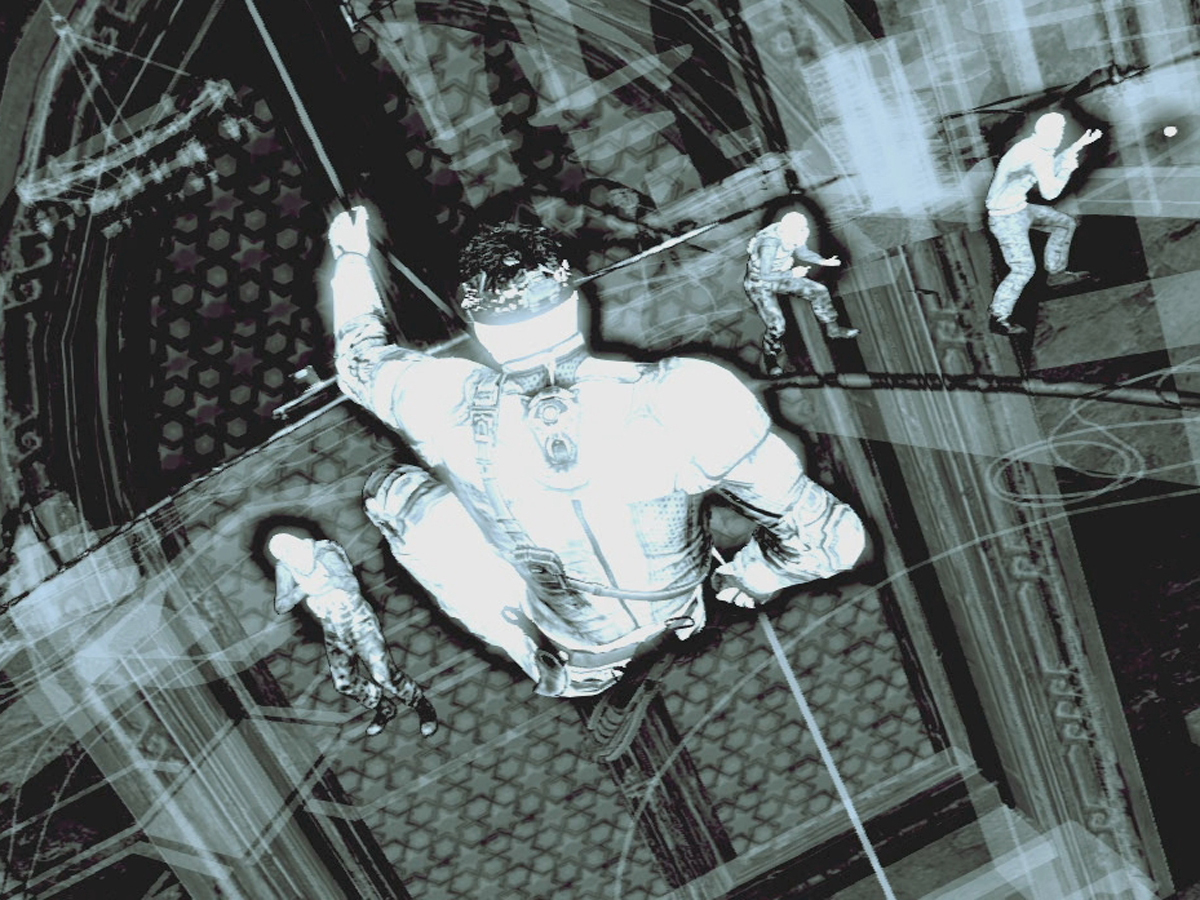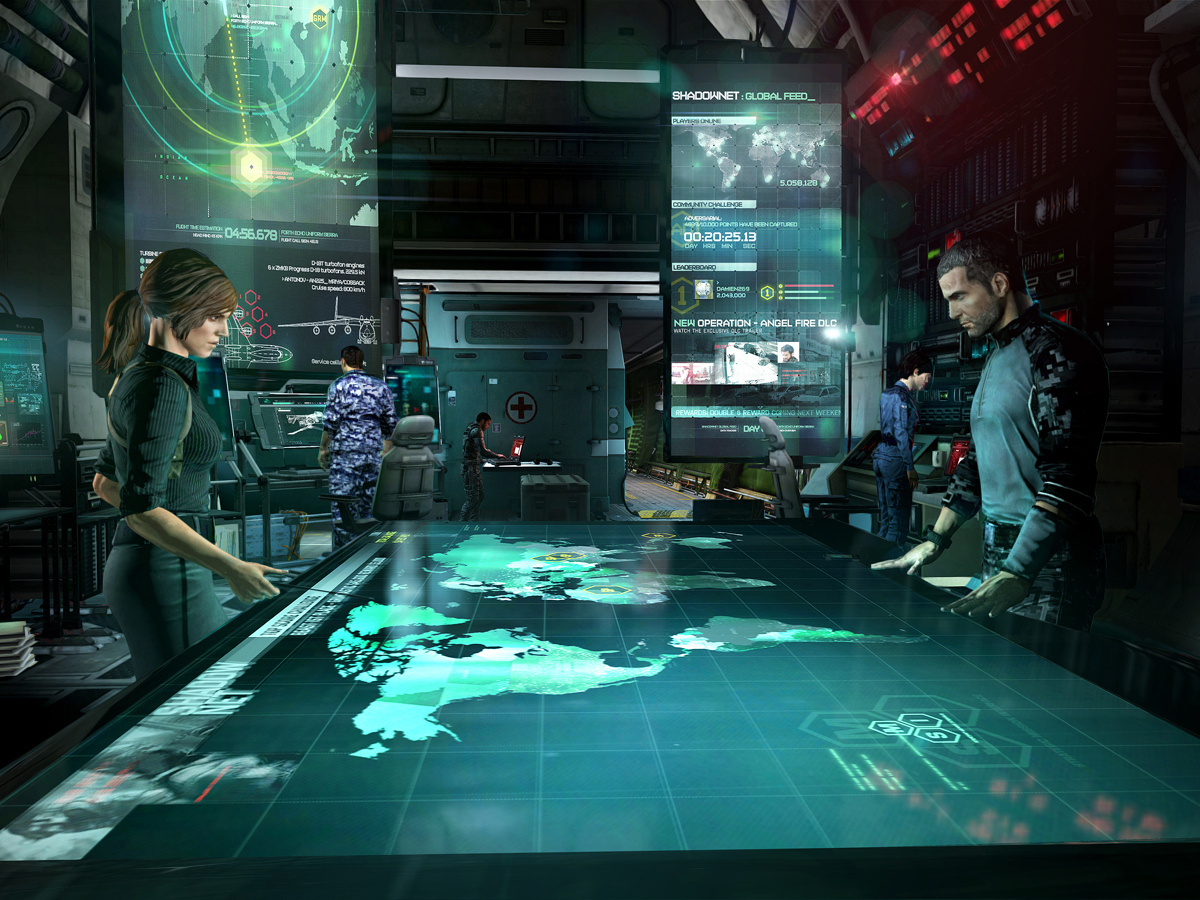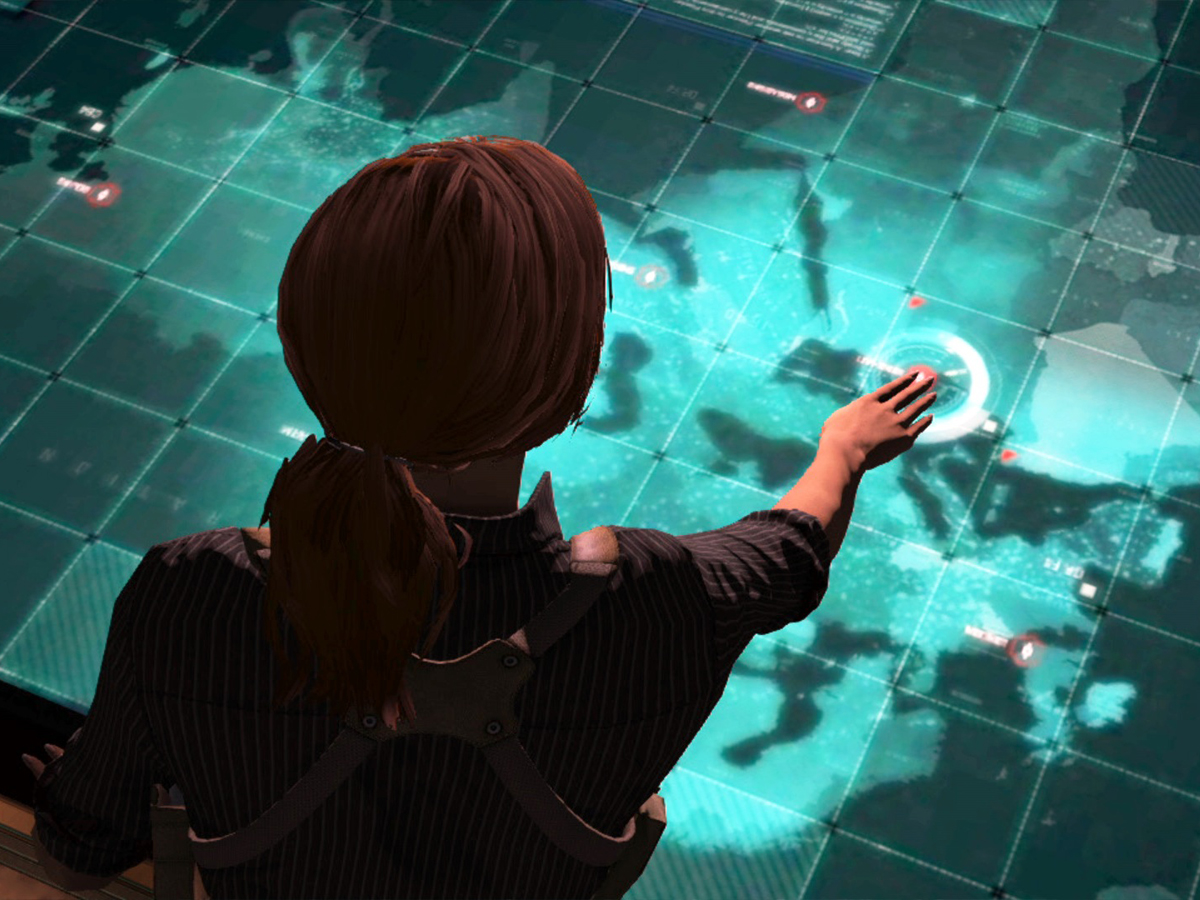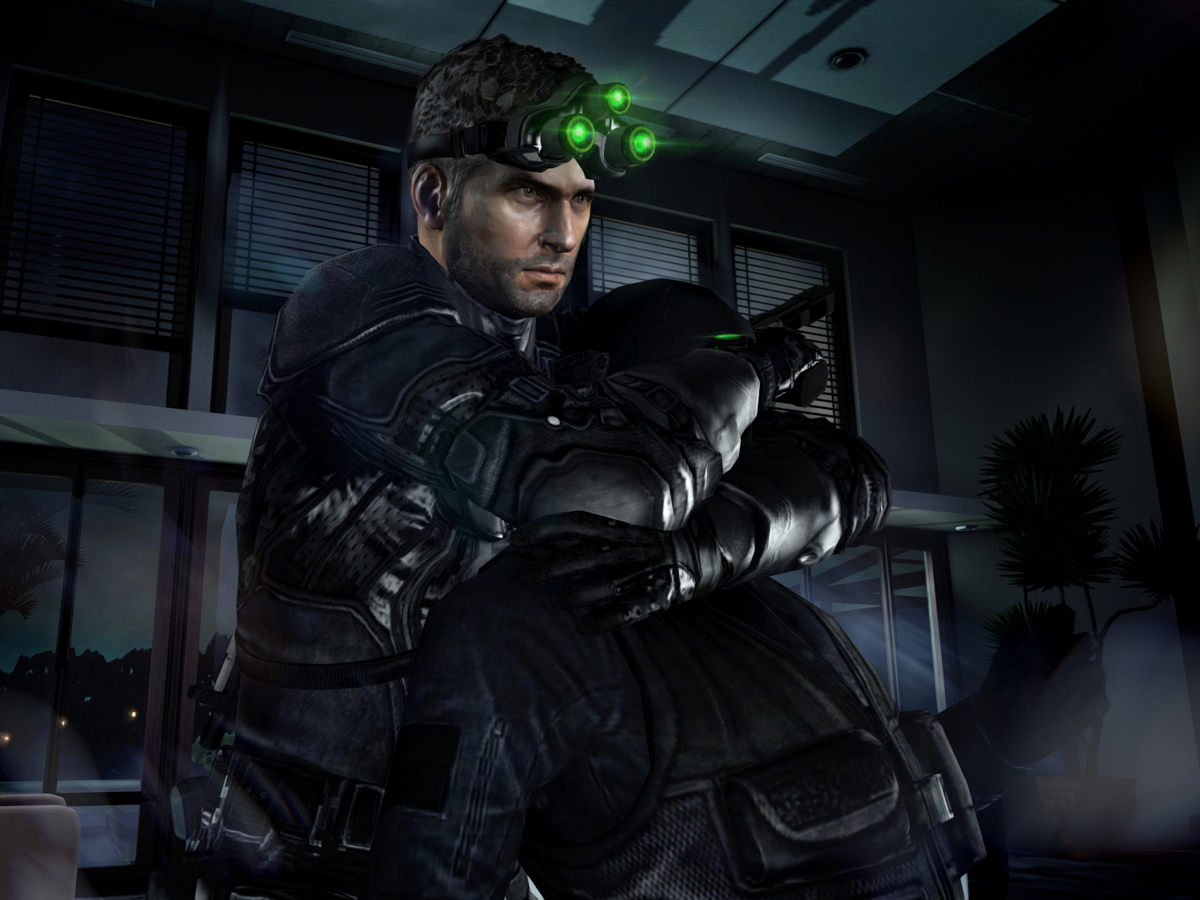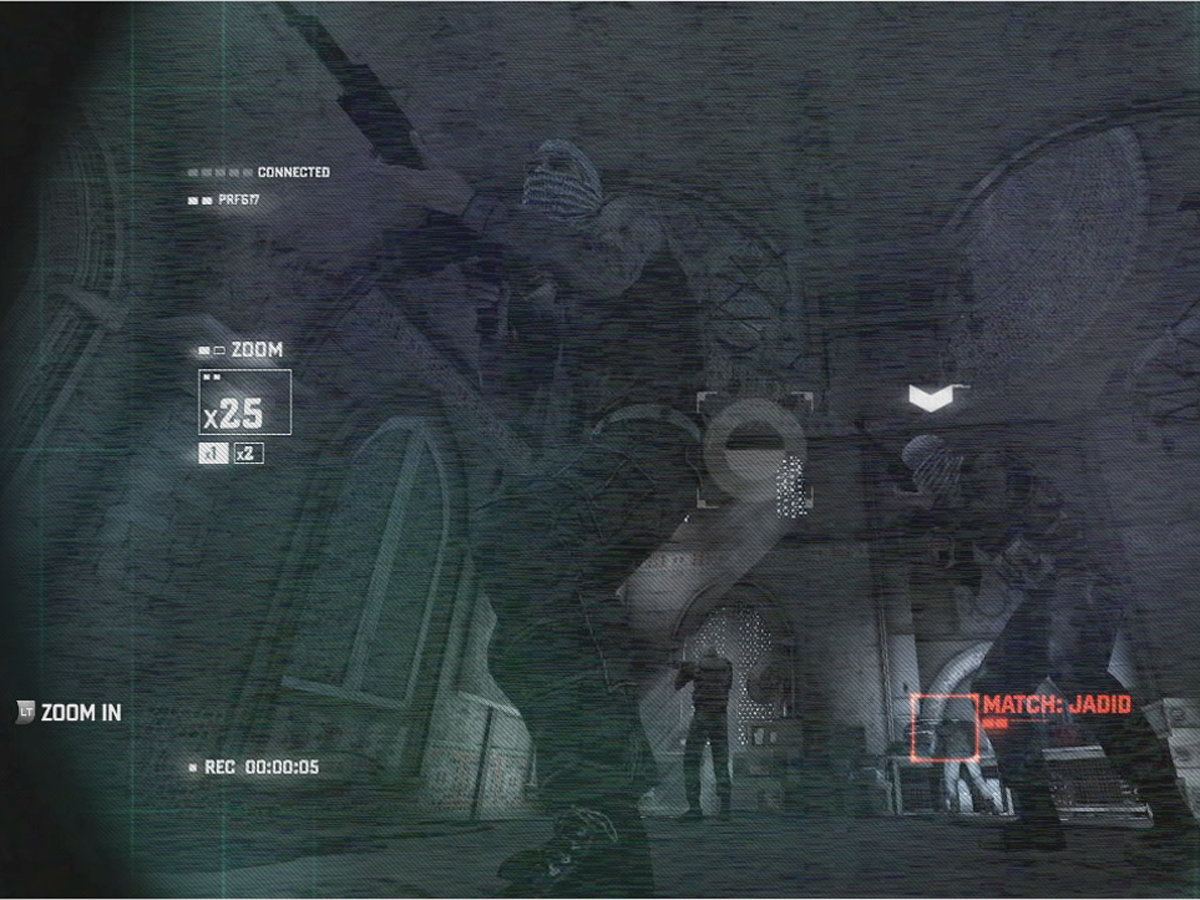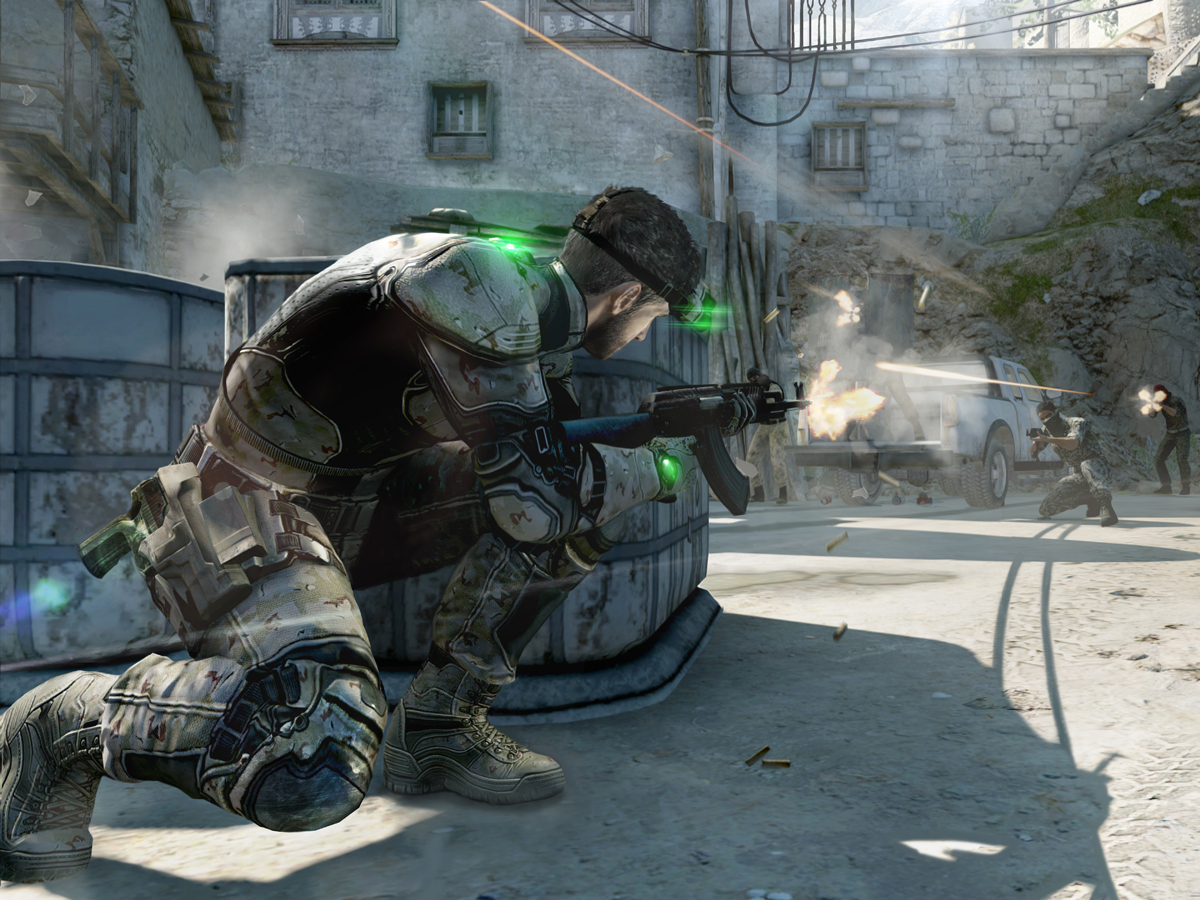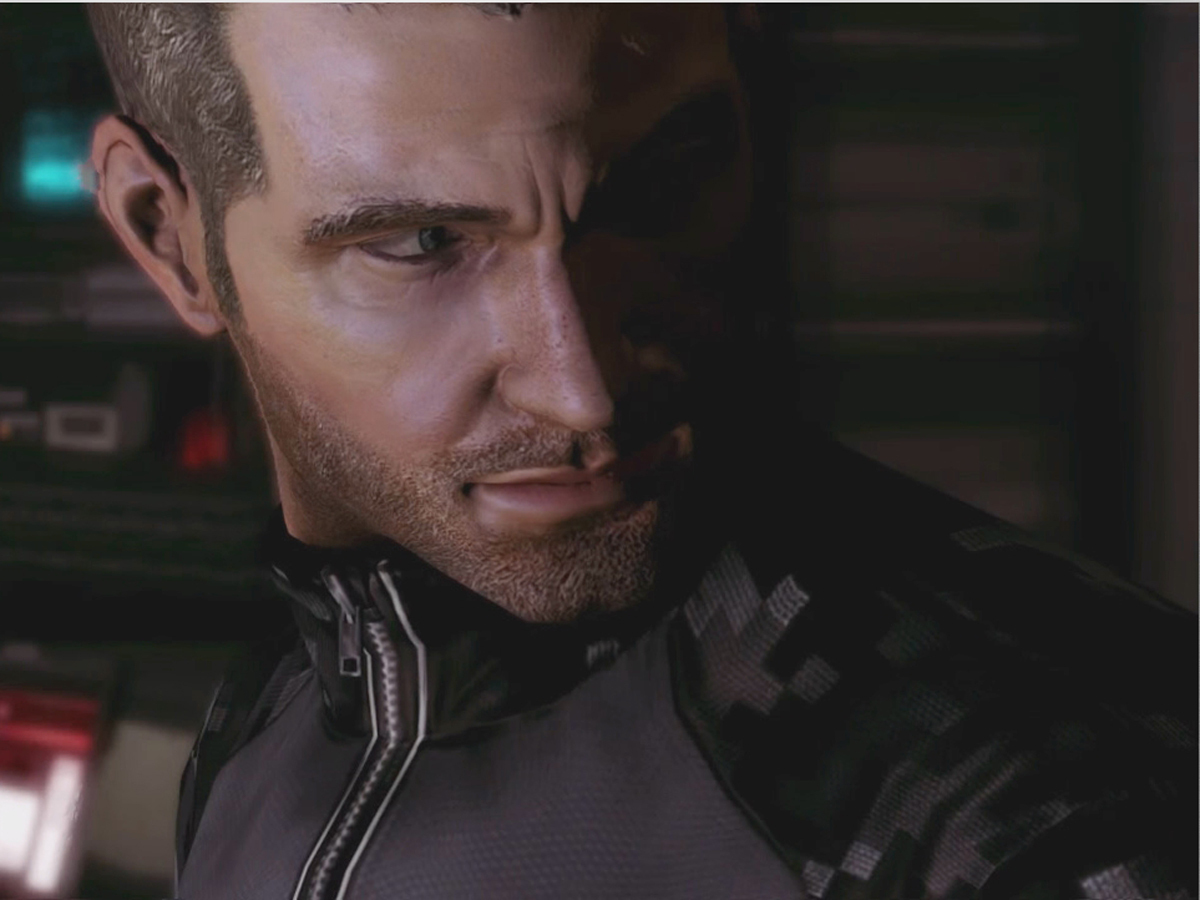Splinter Cell Blacklist review
Splinter Cell Blacklist isn't original, but it is a very solid and occasionally memorable stealth-action romp

Sequels are tricky. On one hand developers want to please the fans of the previous games, while on the other they need to switch things up to avoid accusations of stagnation and draw in new players. It’s a balance that Ubisoft didn’t quite manage with 2010’s Splinter Cell Conviction – Sam Fisher going rogue and losing his gadgets was a new spin that worked for some, but many bemoaned the game’s focus on action over stealth.
Splinter Cell Blacklist, which is the seventh (yes, seventh) game in the franchise, aims to satisfy both camps with a focus on stealth gameplay but the retaining of action tenets such as “Mark and Execute”. It also sees the introduction of an RPG-esque upgrade system, a more physically agile Sam Fisher, and the return of the Spies vs Mercs multiplayer mode. Something for everyone then, right?
You don’t know Jack Bauer
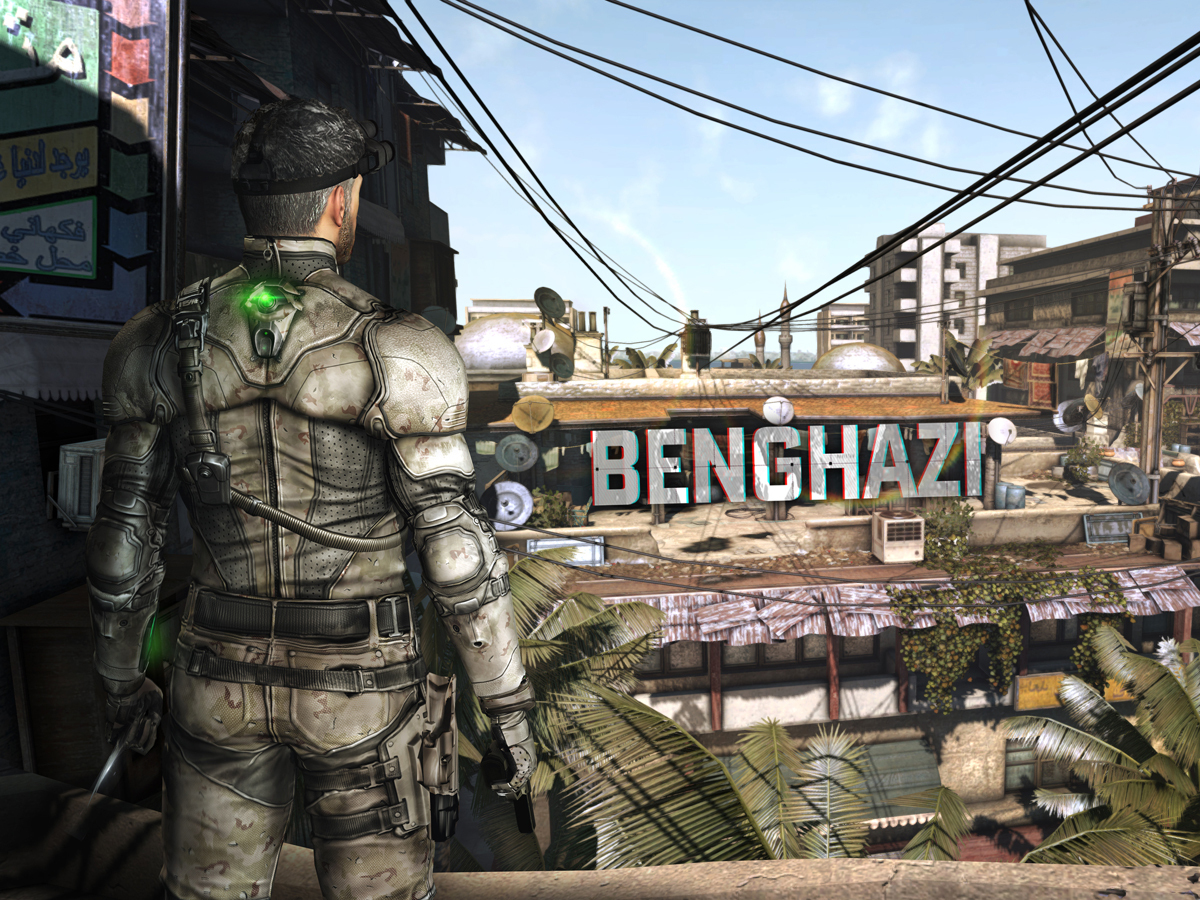
Blacklist’s story is typical Tom Clancy fare – a group of terrorists threaten the US with a series of attacks unless it pulls troops from 154 foreign countries. The President therefore establishes Fourth Echelon, a new covert team headed up by Sam Fisher, with permission to do whatever it takes to stop the terrorists. It’s clichéd stuff, but much like the TV series 24, it’s ridiculousness and breakneck pace combine to make it all highly entertaining. We particularly love the antagonist, who goes around being brutally evil while sounding exactly like British actor Hugh Laurie.
Mission Impossible
The game’s three supporting characters spout so much backstory that despite the fact that it’s cliched and expositional it’s still often difficult to keep track of why you’re on any particular mission. Thankfully though, the assignments and locations themselves are particularly memorable. At one moment you’re breaking into an Iranian government building, then breaking out of Guantanamo Bay the next.
The locations are varied, including London, Mexico and Philadelphia, as are the missions, which include stealth, action and even a couple of first-person shooter sections. The main campaign is also a decent length, taking about 8-10 hours to complete on normal difficulty. We’re grown-ups now – that’s plenty.
Mass Effecting
Sam Fisher’s new counter-terrorism unit operates from a custom-built jet. As commander, you need to make upgrades to your plane, buy new gadgets for use in the field and survey the available missions from a giant map. You can even wander around the plane and talk to your crew about how they’re getting on. If this all sounds familiar, it should – it’s a blatant rip off of the Normandy setup from the Mass Effect series.
Thankfully, the old adage about stealing from the best rings true for Blacklist – the upgrade system forces you to make difficult choices or take on side missions to earn more funds, much like it did in Bioware’s games. The economics of this system are comical though – you’re paid by the US government for performing in-game actions that include everything from sneaking passed a soldier to kicking a dog in the face.
Multiple Ops
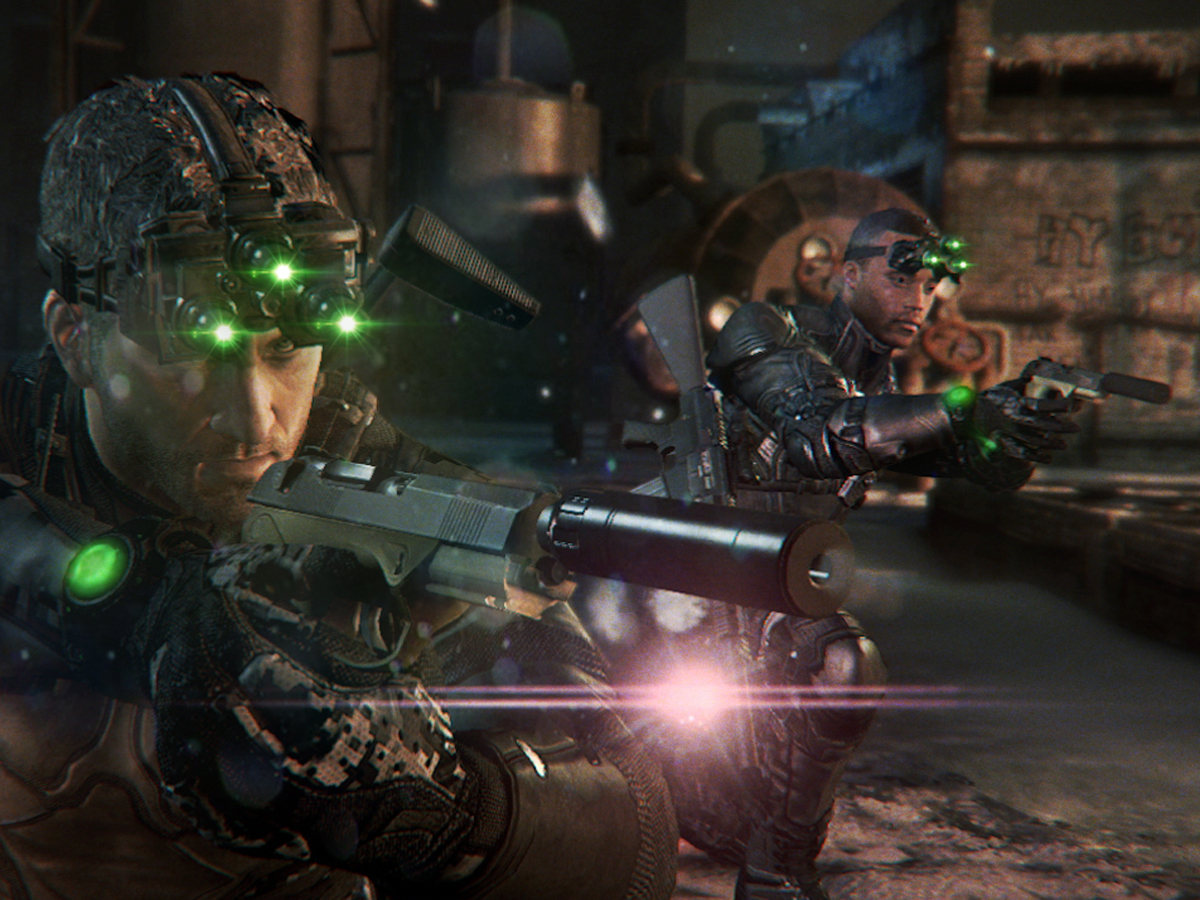
Each of your three team members has four side-missions that can be completed in return for money. All are co-op but some can also be played solo, and overall they offer good variety, covering everything from traditional Splinter Cell espionage missions to Gears of War-style horde modes in which you fend off waves of enemies. Then there’s the return of the popular Spies versus Mercs online mode, in which gadget-wielding spies try to outsmart the gun-happy mercs. At the time of writing this mode wasn’t available for testing, but we’ll update the review once the servers go live.
Tactical Espionage…
Splinter Cell Conviction was a bit too action-oriented for many long-term fans of the stealth series. So they’ll be pleased to know that Blacklist defaults to a more stealthy approach. You’re encouraged to sneak around where possible, but you’re also equipped with enough skills and gadgets to make it fun taking down enemies from the shadows. These include some brutally satisfying takedown moves, plus hardware such as a surveillance copter. The game also offers enough alternative routes through its levels to mean that staying concealed usually isn’t difficult.
…Action
If you do happen to alert a guard you can usually fight your way out of it, or just run away and try again. Sam Fisher is now essentially like Batman in the Arkham series – he’s better off in the shadows picking off enemies one by one, but he’s still pretty handy in a combat situation.
Crucially, you don’t really feel forced to play through sections of the game over and over until you nail the pattern the developers intended, as has been the case in previous games. In fact, the game recognises your individual play style at the end of each mission, dishing out points in three categories called Ghost (stealthy), Assault (shooty) or Panther (a mixture of both).
Play it again, Sam

This year has seen two icons of the stealth genre being recast – Keifer Sutherland’s replaced David Hayter as Solid Snake in Metal Gear Solid 5, and Sam Fisher’s now voiced by Eric Johnson rather than Michael Ironside. Ubisoft’s reasoning is that they wanted an actor with a closer physical resemblence to Sam Fisher so that they could capture body, face and voice in one go. Unfortunately, while Johnson wisely doesn’t try to imitate Ironside’s famously gruff voice, he does sound like just another generic male video game actor, and Sam Fisher is now a less memorable and interesting character as a result.
Uncharted Territory
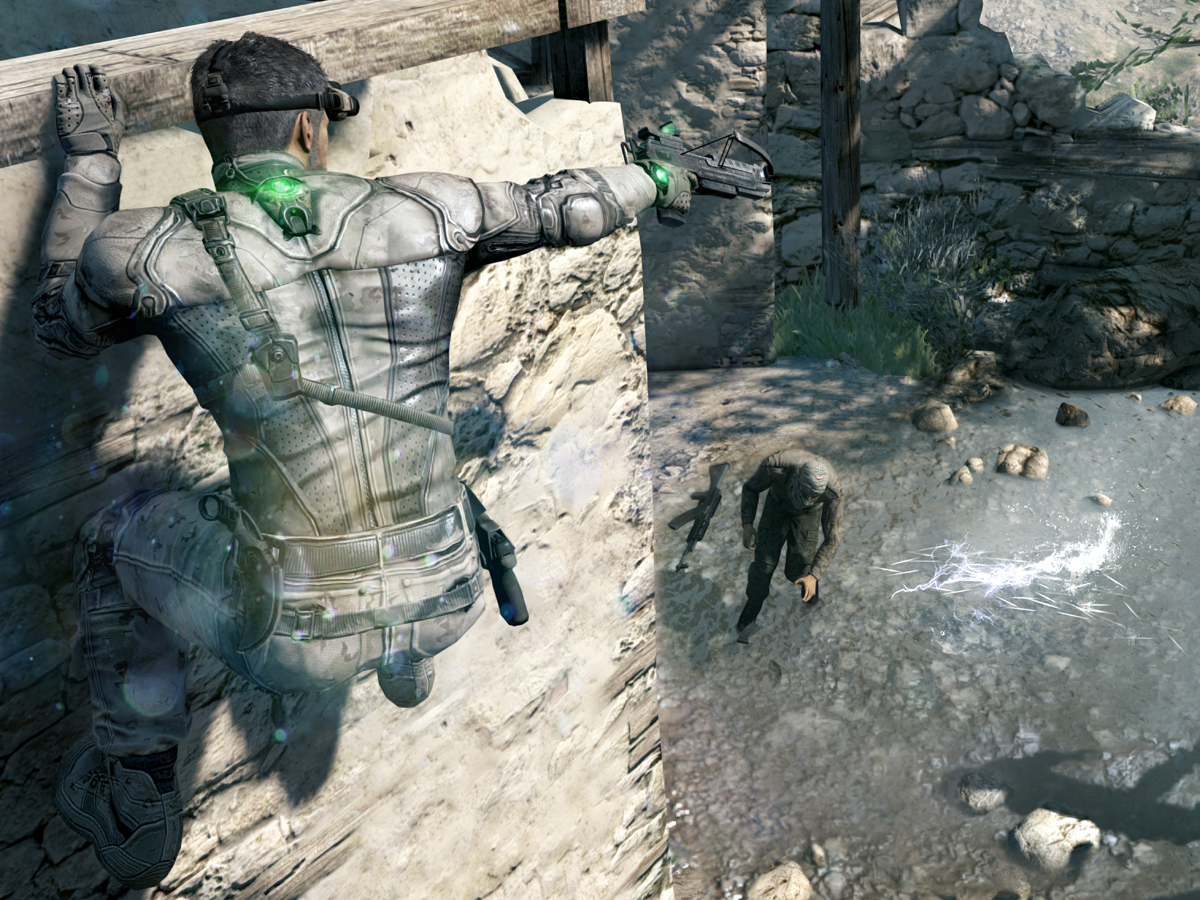
Early footage of Blacklist showed Fisher running around and scaling buildings like Uncharted’s Nathan Drake, but while he’s certainly more agile than before, Blacklist still isn’t a platforming game or an action adventure – Fisher’s athleticism is nearly always in service of his stealth abilities.
The new animation system is generally excellent, though. Free-running through burning buildings and climbing walls like a monkey is exhilarating, even if it does stretch believability every now and then – even Lara Croft would struggle to shimmy up the rain-soaked metal pipes that Sam doesn’t break a sweat over.
Splinter in my side
Blacklist tries to make you care about the three support characters, especially as you’re encouraged to talk to them between missions, but they’re one-dimensional caricatures – the sexy operations manager, the rent-a-geek computer whizz, the rude new field recruit.
The final level is also an anticlimax, ruining an otherwise well-judged difficulty curve with endless guards, drones and security cameras, and a series of laser trap puzzles that essentially recast Sam Fisher as Catherine Zeta Jones from the movie Entrapment, and nobody wants that.
Verdict
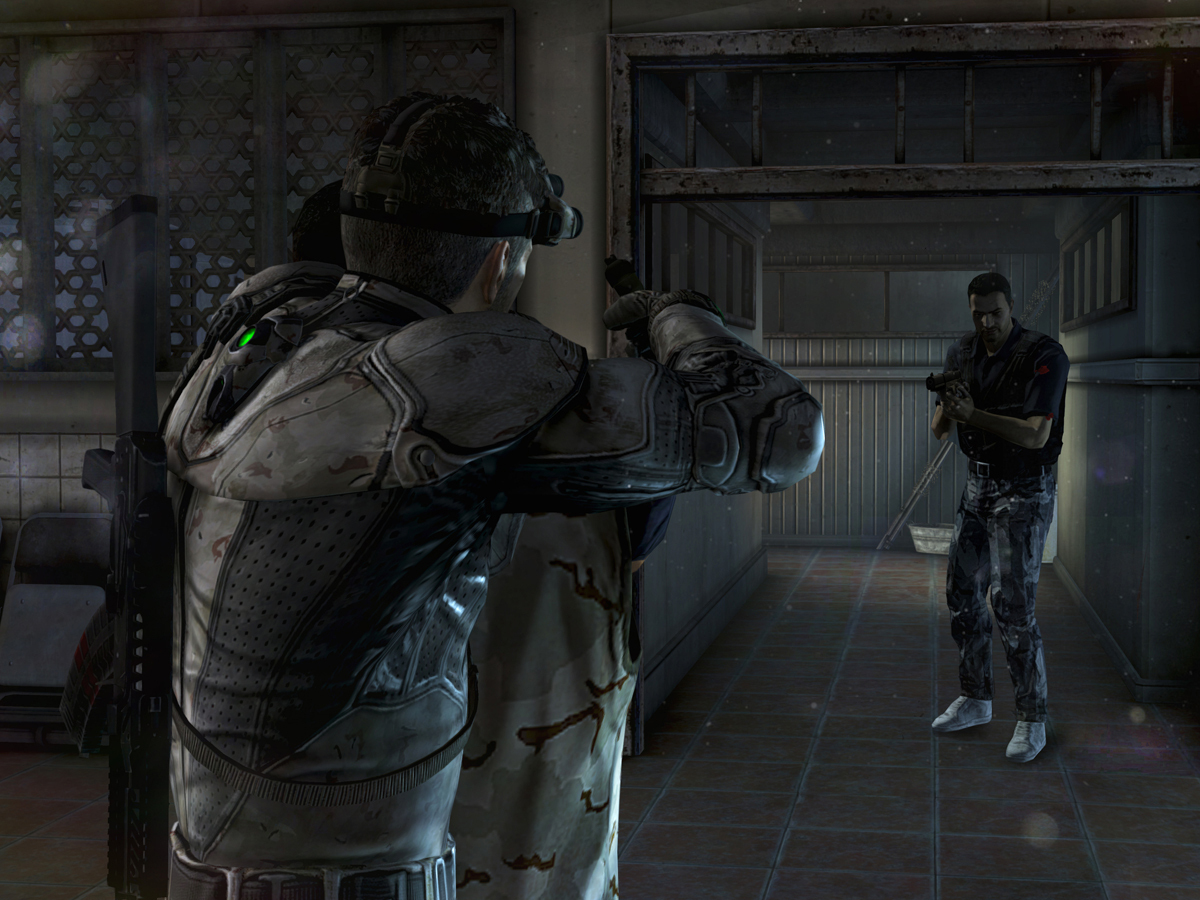
Borrowing heavily from other titles and earlier games in the series, Splinter Cell Blacklist doesn’t feel particularly fresh or unique. It does, however, offer a compelling mix of stealth and action, and a varied and exciting series of missions to test your skills in. Despite its lack of originality (and abundance of cliché), there’s plenty to enjoy in Blacklist, especially if you’re a fan of classic Splinter Cell gameplay.
Stuff Says…
It’s not original or without flaws, but Splinter Cell is an enjoyable game for sneak-and-shoot fans
Good Stuff
Fluid mix of stealth and combat
Some memorable missions
Lots of variation in assignments
Bad Stuff
No Michael Ironside
Caricatured allies and enemies
Steals lots of ideas from elsewhere
